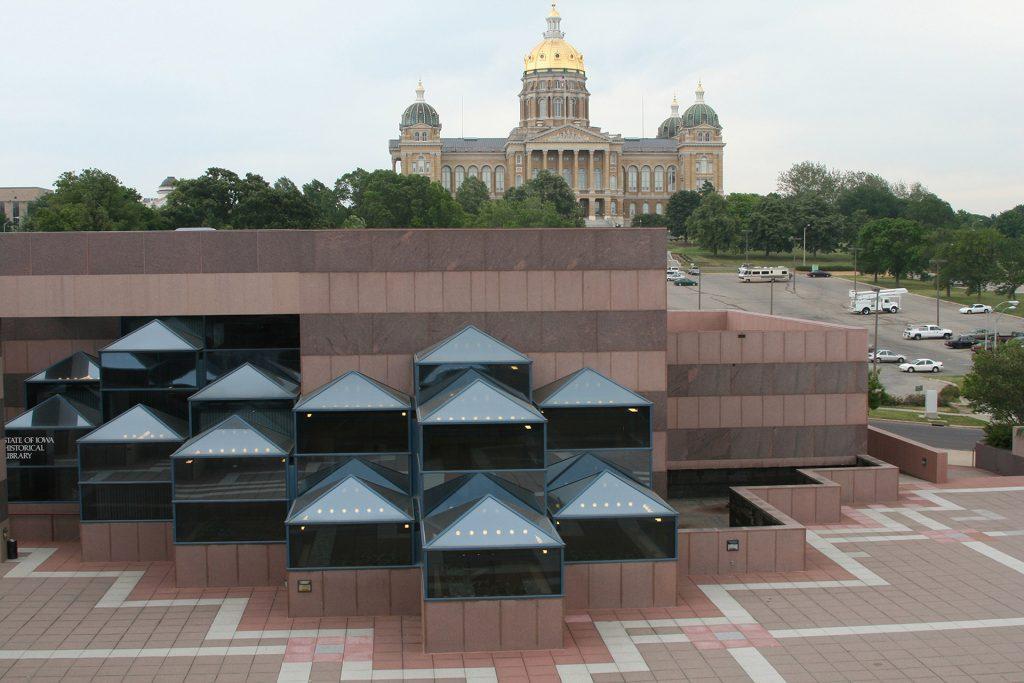The sun rose on miles and miles of untouched prairie, jittering with life and possibility. It was here Iowa’s early and agriculturally inclined settlers began draining the swamp-like prairie lands to clear the way for millions of acres of crops. This set off a century of decline in water quality for Iowa. The prairie is long gone, replaced by fields of grain. And the swamp water is gone as well, replaced by industrial farming runoff, toxic pollutants that damage ecosystems and poison drinking water.
In a 2014 study by Environment America, the Lower Des Moines River waterway was among the top 10 most polluted waterways in the U.S, with a whopping 2,902,489 pounds of toxic releases. Industrial and agricultural runoff plays a key role in this toxicity. The result is dead wildlife, disrupted ecosystems, and the contamination of community water supply, which has potentially devastating effects on human health — reproductive, neurological, and developmental problems, to name a few.
RELATED: Gov. Reynolds to sign legislation aimed at improving water quality
For decades, environmental groups have championed water-infrastructure spending to address this critical issue. Now, the state Legislature has passed a bill to improve the water quality in Iowa. But there’s a couple catches, and they are doozies. The state will only spend $282 million on improving water quality in Iowa, mostly through subsidizing the construction of farm water processors. The estimated spending needed to rectify Iowa’s water-quality problems is in the ballpark of $4 billion, according to a report by Iowa State University. Perhaps the biggest catch is one of the ways the state will pay for it — by cutting $19 million from higher education, $5.4 million from general aid for Iowa’s community colleges, and $1.7 million from the Department of Education.
Iowa is an agricultural state, and a proud one at that. But there is a point where a line must be drawn in the cornfield. According to the USDA, between 1995 and 2016, farmers in the state of Iowa have received nearly $30 billion in farming subsidies. Now, the state government is asking Iowa taxpayers to subsidize the creation of systems that will fix the ills that farming has brought to the state’s environment by robbing Iowa’s schools.
RELATED: Additional cuts to Iowa higher-education funding likely in 2018
There are many ways to pay for a public project like this; robbing Iowa’s education system is not the way forward. Iowa schools are already stretched thin, especially in rural communities. Depriving teachers and students of much-needed funds to pay for farmers to clean up their act is a criminal use of resources.
Not only is the Legislature underserving the environment, it’s now underserving Iowa’s youth. An increase in taxes, or a redistribution of farm subsidies would be viable alternatives for the long-run health of Iowa’s natural capital and human capital. We can’t abandon the future of young Iowans to save an environment we are protecting for them.



